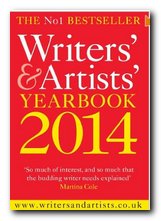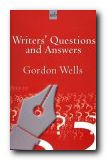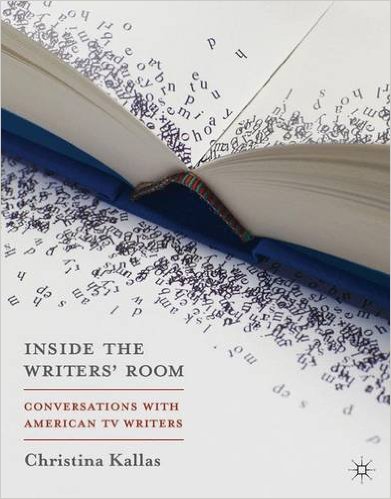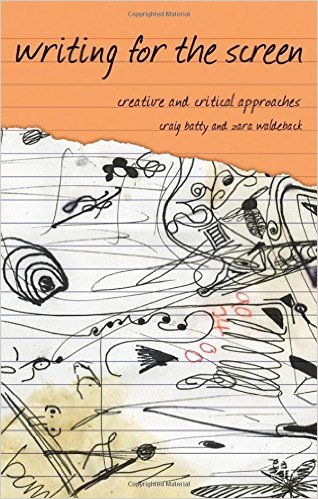where and how to sell what you write
The best-selling guide to marketing your writing so far is The Writers’ and Artists’ Yearbook, with The Writer’s Handbook a close second. But there’s always room for competition in an open market – and Writer’s Market UK is competition writ large. It’s a huge, 1,000 page compendium of advice, resources, and detailed information on how writers can locate markets and get their work into print. The format for these books is now fairly standardised.
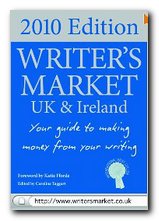 They have feature articles written by well-known authors giving advice on breaking into print. These are surrounded by listings of publishers, magazines, literary agents, and broadcast outlets. Then come specialized resources such as prizes and competitions, bursaries and fellowships, writers groups, and web sites.
They have feature articles written by well-known authors giving advice on breaking into print. These are surrounded by listings of publishers, magazines, literary agents, and broadcast outlets. Then come specialized resources such as prizes and competitions, bursaries and fellowships, writers groups, and web sites.
The usefulness of this information relies on its being accurate, up-to-date, and annotated to explain the nuances and differences between one source and the next. In other words, the compilers need to know what they’re talking about. This book scores well on all counts, and the editor Caroline Taggart has done a good job.
For instance, the feature articles are precisely the sort of advice that aspirant writers are most likely to want and need. How to tackle the various genres of fiction writing: the short story, children’s writing, crime, and the novel. What agents and publishers are looking for – and how to approach them. Writing for radio, the Web, newspapers and magazines are all covered well,
There are essays on how books are designed, financed, and marketed, plus why you should know about contracts and legal issues. There are articles on the odd but very profitable field of ghost writing, and when you have made lots of money how to deal with agents, and how to promote your work once it’s published.
There are huge listings of bursaries, prizes, competitions, writers’ foundations, and all sorts of support to help the struggling want-to-be. And testing it out for being up to date, I found all sorts of on line resources for would-be writers: magazines, forums, self-help groups, web sites full of resources, writing software, plus competitions and prizes.
Given the differences in page and font sizes, it’s difficult to do a direct quantitative comparison with its two main rivals, but having looked through all three recently, I’d say that this gives the other two a very good run for their money.
© Roy Johnson 2003
Caroline Taggart (ed), Writer’s Market UK, London: David & Charles, issued annually, pp.976, ISBN: 0715332856
More on creative writing
More on writing skills
More on publishing
